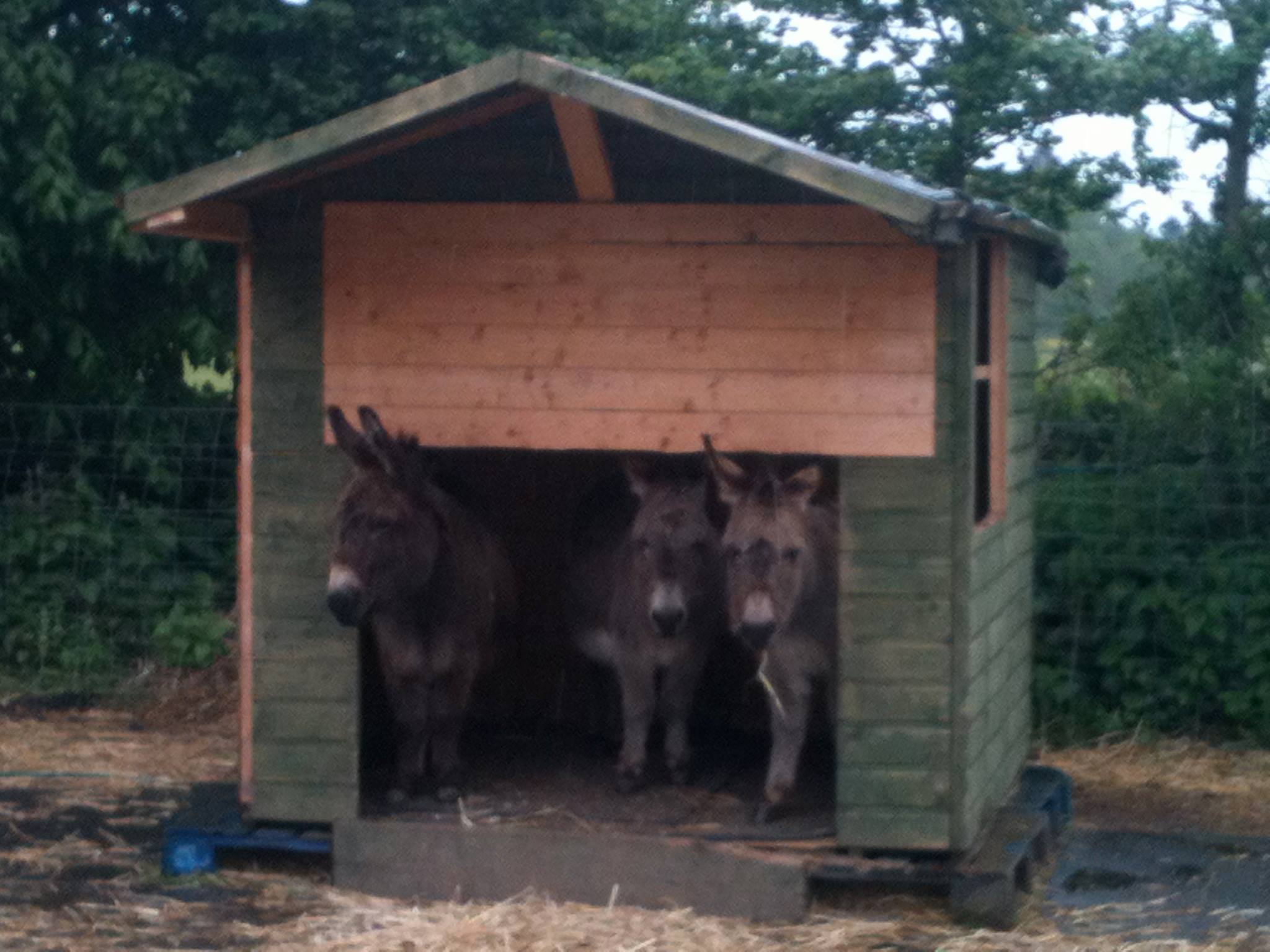

 
|
|
|
 
 
 
|

 
 
 |
|
Donkeys and Mules - Why So Little Research? In 1991 there were an estimated 44 million donkeys, 15 million mules and 65 million horses worldwide (Fielding and Pearson, 1991). There may be fewer donkeys and mules than horses - but only just. Yet asking people for facts they know about donkeys is likely to bring up little more than references to their supposed stubbornness. Donkeys are different, they are not small horses with big ears. The ethogram of the donkey and horse are very different in many aspect: donkeys' stoic nature and territorial preferences make them very different to work with and understand. From dietary requirements to hoof care and susceptibility to conditions such as hyperlipaemia, they require different husbandry. Here we will develop a database of evidence-based information about donkeys and mules, their behaviour and ethological needs. We will add references and/or summaries of current research, post videos of both feral and domestic donkey/mule behaviour and try to help redress the balance. As always, we are keen to hear from people who can contribute resources, research and/or ideas for this project. We highly recommend this DVD set by hoofcare specialist Pete Ramey. Not only about hooves, it shows footage of feral donkeys in their natural habitat and shows the sort of terrain and diet to which they are best suited. See also this video of two domestic donkeys playing together and incorporating objects into their play (also available on the videos page. Anecdotal evidence suggests that donkeys play more than horses, more boisterously and it is more often object-focussed. They have evolved to browse very sparse vegetation, rather than grazing abundant grass - could their ethological grazing needs have led to a "mouthiness" which manifests itself in increased object-play? Or is it due to their reduced flight response? Or perhaps an indication that they are living in an insufficiently stimulating environment? All thoughts welcomed, please. Some useful links from The Donkey Sanctuary: Fact Sheets on Donkey Care Research and Development Projects Latest Research Findings And some recent research: Pair-bonding and companion recognition in domestic donkeys, Equus asinus Leigh M.A. Murray, Katharine Byrne, Richard B. D'Eath 2013, Applied Animal Behaviour Science, vol. 143, 1 A piece of research which confirms anecdotal observations that donkeys form close pair-bonds and recognise their chosen companions. This has strong implications for the management and care of donkeys and, consequently, their welfare.  At the first sign of rain, these donkeys headed straight for the shelter - unlike horses who tend to shelter from flies more than weather. Donkeys are often cited as having less "waterproof" coats than horses, although it is not exactly clear whether this is an accurate description. Their coats certainly feel drier, coarser and less greasy than those of horses, all of which could be contributing factors. They don't cope well with wet weather and need free access to shelter. Recent Publication: Clinical approach to the dull donkey Alex Thiemann, 2013, In Practice, 35, 470-476 Abstract: The 'dull donkey' is a general descriptive term used by owners and clinicians to identify a donkey presenting with varying degrees of depression, dullness and inappetence. These cases can be frustrating to diagnose and manage successfully. This article provides an overview of the most common causes of dullness in donkeys in the UK and suggests appropriate first-line diagnostic and treatment options. It should be appreciated that, in many cases, dull donkeys may be very sick and may require high levels of intervention to recover. Such cases should be seen as priority patients. Article by Ben Hart, leading UK donkey behaviour expert: Understanding Donkey Behaviour |
|
|